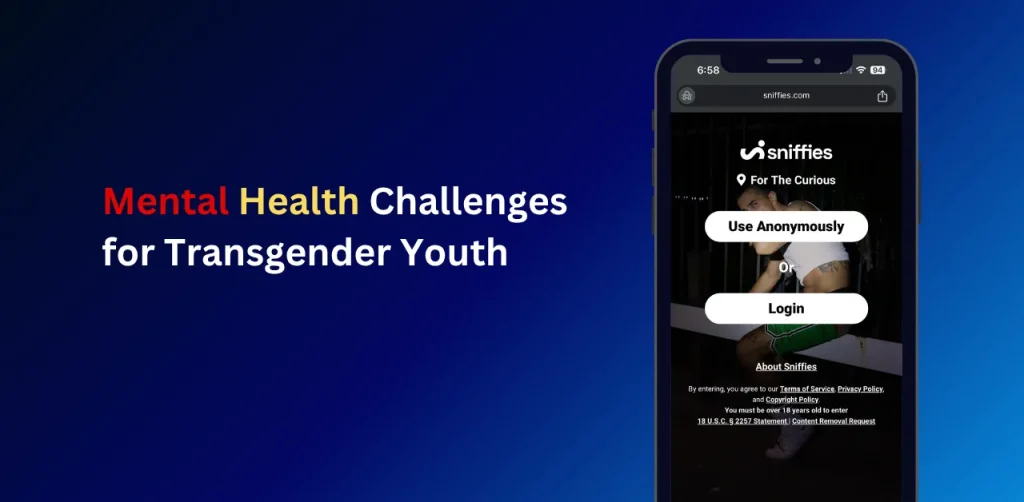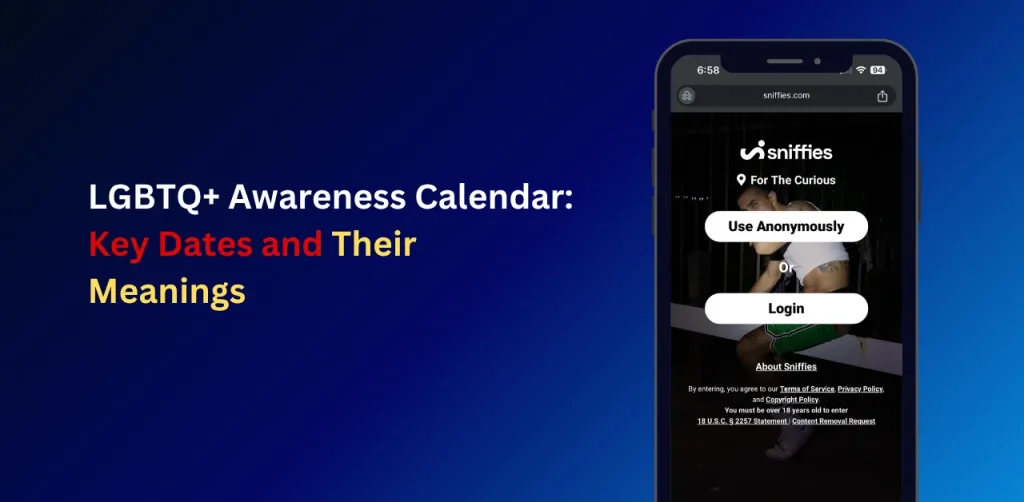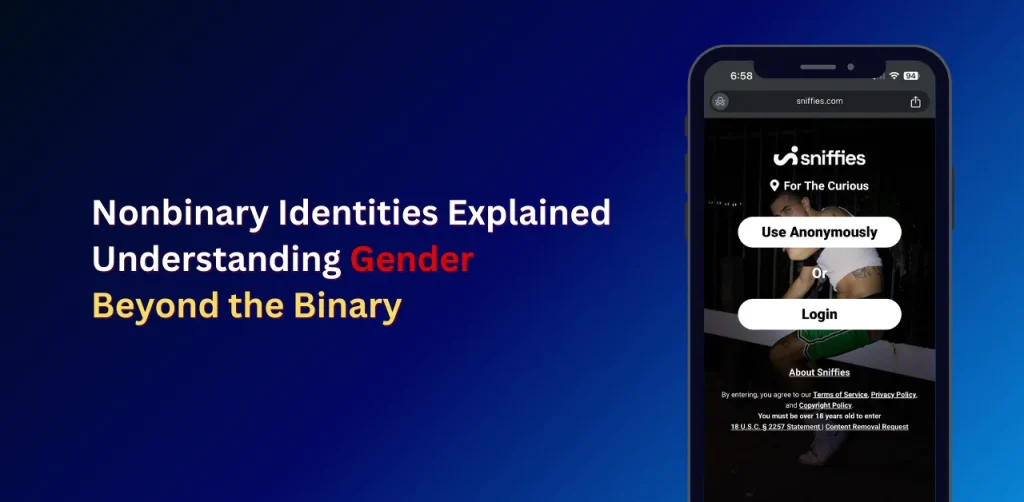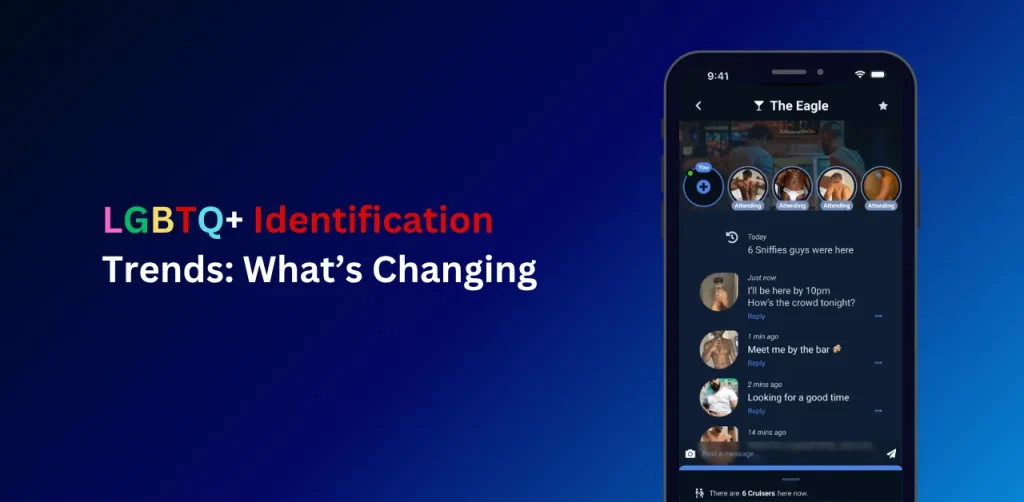A Comprehensive Guide to Support Gender-Affirming Care
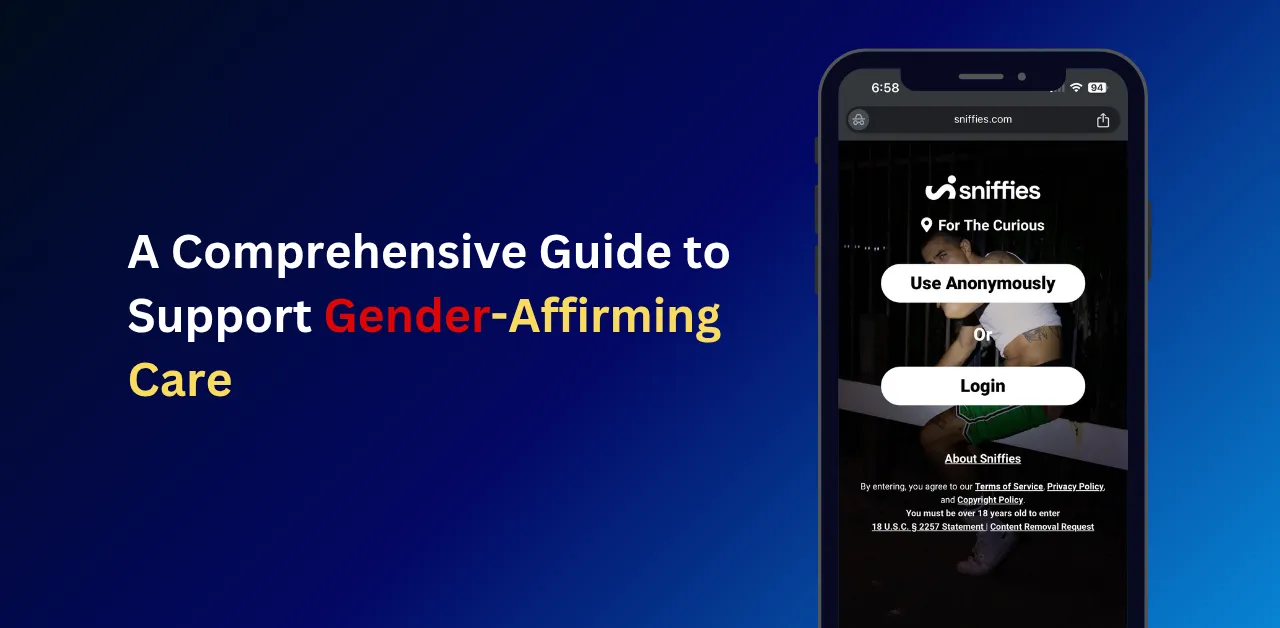
Access to gender-affirming care is crucial for the well-being of transgender and nonbinary individuals. This care, which includes social, psychological, and medical support, has been shown to significantly improve mental health outcomes, reducing rates of depression and suicide. However, it faces increasing legislative challenges, with many states attempting to restrict access, particularly for youth. we’ll explore what gender-affirming care entails, its proven benefits, the current legal landscape, and how you can support those seeking this essential care. Understanding this topic is vital for fostering inclusivity and ensuring all individuals can live authentically and healthily.
What Is Gender-Affirming Care?
Gender-affirming care encompasses a range of social, psychological, behavioral, and medical interventions designed to support and affirm an individual’s gender identity when it differs from their sex assigned at birth. According to the World Health Organization, it helps transgender and nonbinary people align their emotional, interpersonal, and biological selves with their gender identity, which may be male, female, nonbinary, or fluid. This care is highly individualized, addressing unique needs through counseling, social changes, hormone therapy, or surgery.
Why Is Gender-Affirming Care Important?
Gender-affirming care is critical for mitigating gender dysphoria—the distress caused by a mismatch between one’s gender identity and body. Research shows it significantly improves mental health outcomes:
- Reduced Depression and Anxiety: Studies, like one from Stanford University, found that youth receiving hormone therapy in adolescence reported lower rates of suicidal ideation and mental health disorders.
- Improved Quality of Life: A systematic review of 53 studies noted increased happiness and reduced suicidality among transgender adults post-care.
- Lifelong Benefits: Early interventions, such as puberty blockers, can prevent irreversible physical changes, reducing future distress.
Types of Gender-Affirming Care
Gender-affirming care is tailored to each individual’s needs and developmental stage. Below are the main categories:
Social Interventions
Social interventions are reversible and focus on aligning one’s social presentation with their gender identity:
- Name and Pronoun Changes: Using a chosen name or pronouns at home or school.
- Clothing and Expression: Adopting styles or activities that reflect one’s gender.
- Benefits: These steps lower depression and anxiety rates, fostering a sense of authenticity.
Psychological Support
Mental health support is a cornerstone of gender-affirming care:
- Counseling: A qualified gender specialist helps explore identity and manage dysphoria.
- Family Support: Educating families to create supportive environments.
- Impact: The Trevor Project’s 2020 survey found that affirmed transgender youth reported lower rates of suicidal ideation (54% vs. higher rates in non-affirmed peers).
Medical Interventions
Medical interventions are carefully considered, often requiring parental consent for minors:
- Puberty Blockers: Reversible medications that pause puberty, preventing unwanted secondary sex characteristics. Used after Tanner Stage 2, they allow time for gender exploration.
- Hormone Therapy: Estrogen or testosterone to align physical traits with gender identity, typically for those over 14, with guidelines suggesting 16 unless compelling reasons exist.
- Fertility Preservation: Discussions about options like egg or sperm cryopreservation are essential before hormone therapy, as some treatments may impact fertility.
Surgical Interventions
Gender-affirming surgeries are rare for minors, with strict guidelines:
- Types: Include top surgery (chest reconstruction), bottom surgery (e.g., vaginoplasty, phalloplasty), and facial surgeries.
- Usage: A 2024 Harvard study found that fewer than 2.1 per 100,000 teens aged 15–17 undergo these surgeries, mostly chest procedures.
- Guidelines: International standards, like those from WPATH, recommend surgeries only after thorough assessment and typically for older adolescents or adults.
Benefits of Gender-Affirming Care
Research consistently highlights the positive impact of gender-affirming care:
- Mental Health: A 2020 study showed a 70% reduction in suicidality among youth accessing puberty blockers.
- Resilience: Socially transitioned youth report higher well-being and lower gender dysphoria.
- Low Regret Rates: Studies indicate only 1–2% of transgender individuals de-transition, with most maintaining their gender identity long-term.
Challenges and Barriers
Despite its benefits, accessing gender-affirming care can be challenging:
- Legislative Restrictions: As of July 2025, 27 states have banned gender-affirming care for minors, impacting 40.1% of transgender youth.
- Provider Shortages: Regions like East South Central/West South Central have high demand but few providers, exacerbating access issues.
- Misinformation: Harassment and misinformation have led some hospitals to remove care information from websites, limiting access to reliable resources.
Overcoming Barriers
- Seek Reputable Providers: Connect with centers like Rush University, which offers comprehensive care and patient navigators.
- Insurance Guidance: In states like Colorado, gender-affirming care is covered under essential health benefits. Contact insurers for clarity on coverage.
- Advocacy: Organizations like The Trevor Project provide resources and crisis support for transgender youth.
Regional Variations in Access
Access to gender-affirming care varies widely:
- High-Access Regions: New England/Middle Atlantic has the most providers and Medicaid coverage (9 states).
- Low-Access Regions: East South Central/West South Central has the fewest providers and no Medicaid coverage for gender-affirming care.
- Legislative Impact: States like Alabama and Texas have criminalized care for minors, while California offers “trans refuge” protections.
How to Get Started
- Consult a Specialist: Find a gender-affirming care provider through WPATH or local LGBTQ+ health centers.
- Understand Insurance: Check coverage details, as some states mandate inclusion in plans.
- Engage with Community: Connect with transgender support groups for shared experiences and guidance.
Resources and Support
For individuals seeking gender-affirming care or supporting loved ones, several resources are available:
- Planned Parenthood: Offers hormone therapy, puberty blockers, and surgery referrals at many health centers across the U.S. Check with your local center for specific services [8].
- Human Rights Campaign (HRC): Provides advocacy resources, including a state-by-state map of legislative restrictions on gender-affirming care, and support for parents of transgender youth [6].
- WPATH: Publishes the Standards of Care for transgender healthcare, offering guidelines for providers and patients [7].
- Local LGBTQ+ Centers: Many communities have centers offering counseling, support groups, and referrals for gender-affirming care.
Is Gender-Affirming Care Safe for Youth?
Yes, when provided by qualified professionals following guidelines from WPATH and the American Academy of Pediatrics. Puberty blockers are reversible, and surgeries are rare for minors, with rigorous assessments ensuring safety.
What Are the Risks?
Conclusion
Gender-affirming care is a vital, evidence-based approach to supporting transgender and nonbinary individuals. By addressing gender dysphoria through social, psychological, and medical interventions, it fosters mental health, resilience, and authenticity. Despite legislative and access challenges, resources and advocacy are available to help. For more information, explore our latest article What Does Non-Binary Means? and Best LGBTQ+ Friendly Travel Destinations

